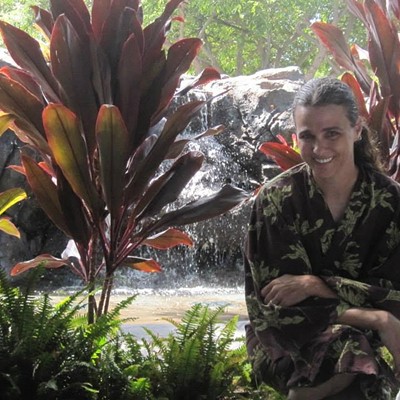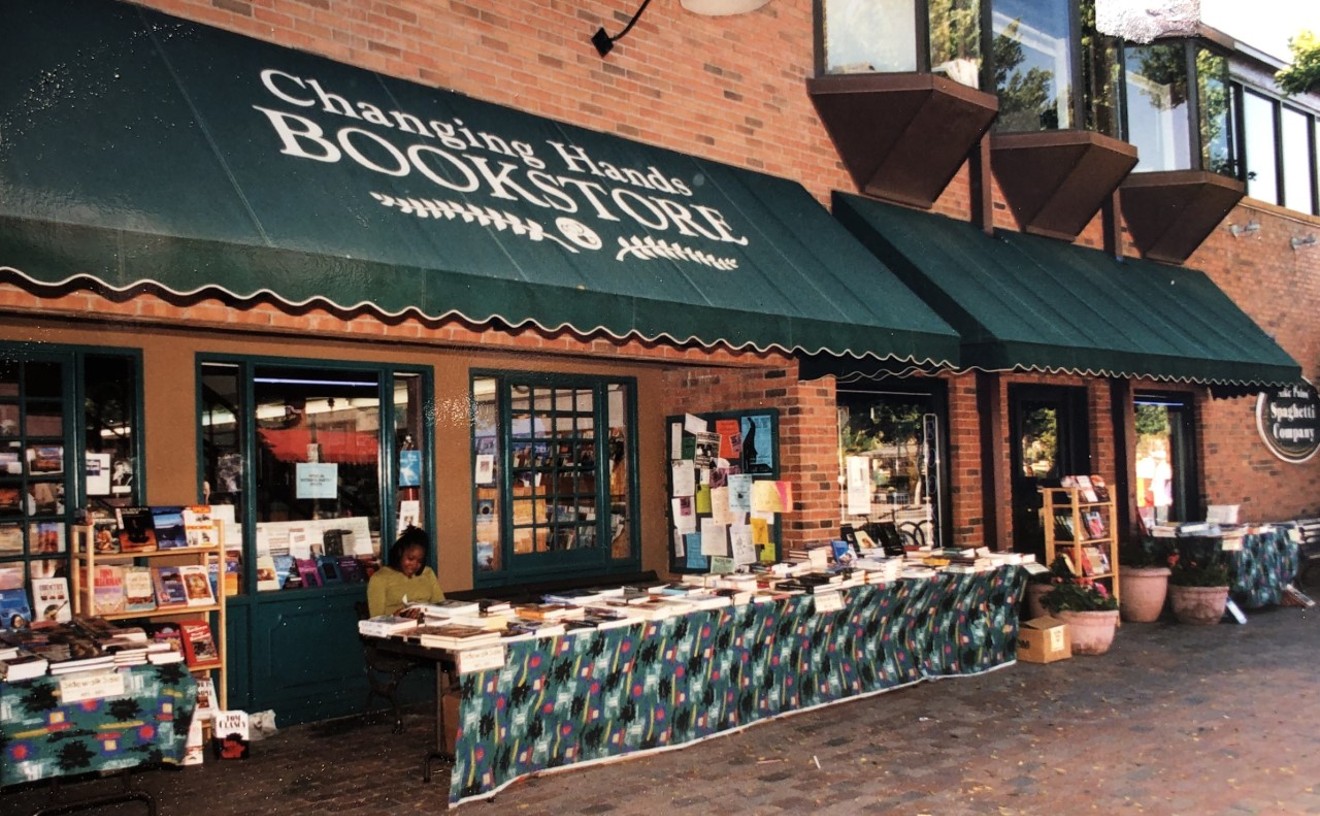Palm trees are so common around Phoenix that we hardly notice them anymore -- except when's there's a massive cluster of unusual palms inexplicably swarming around a neighborhood, like the one in Arcadia.
There are so many palm trees located in one area of this neighborhood that it's impossible not to drive by and be slightly awestruck at the sheer volume of them, and wonder why the heck they're there. This cluster is sometimes known as "The Mysterious Date Palms of Phoenix."
But the mystery can be explained with a bit of history, and a tasty little gem called the Black Sphinx Date.
By 1931, there were 156 Black Sphinx Date Palms in Arizona. By 1933, that number had multiplied to around 6,000 trees. By the 1940s and early 1950s, date tree ranches stretched across the Valley from Glendale to Mesa, covering an estimated 300 total acres containing 15,000 trees. The area in Arcadia where so many date palms remain today was once a 24-acre Sphinx Date Ranch.
But by the early 1960s, competition from California, along with Phoenix's population boom, led to the demise of the great Arizona date ranches. In 1962, the Sphinx Date Ranch in Arcadia was subdivided into housing tracts. Any remaining palms became the property of the home owners.
Many of the date palm trees disappeared over the years, but in the 1980s and 1990s, Dr. Harry Polk and his crew tended to all the remaining Black Sphinx Date Palms. This is the cluster of palms that can still be seen from 44th street. Check them out the next time you're driving through Arcadia; they're located off 44th street, between Camelback and Indian School Roads.
And try a Black Sphinx Date if you get a chance -- we hear they're delicious.











